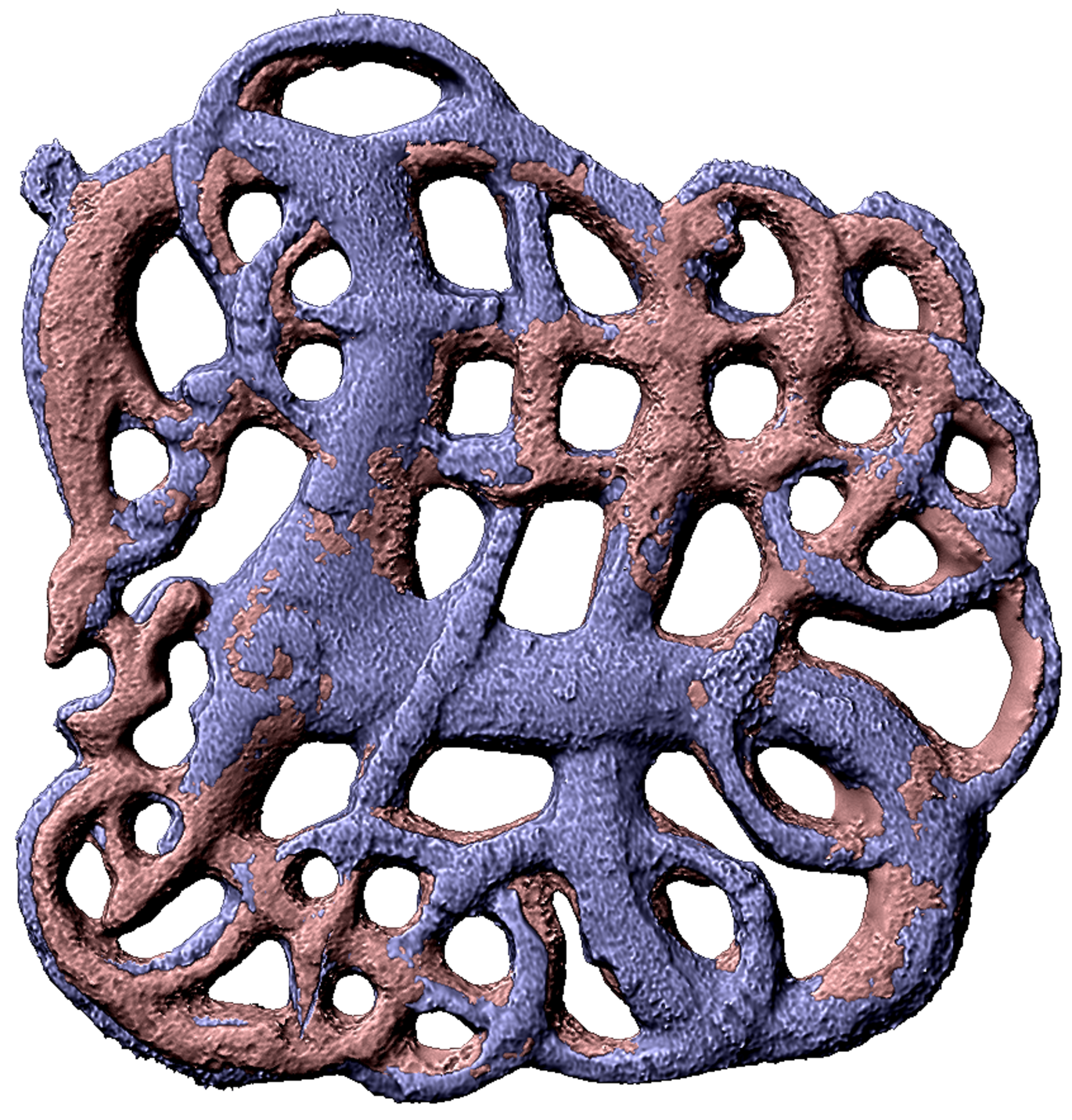Handicraft Archaeology based on Intelligent Technology (HAbIT)
HAbIT seeks to understand how the applied arts from early towns transformed Viking Age Scandinavia into a part of medieval Europe.


The project title alludes to ancient metal craft processes, as well as to the technical solutions of today which help us reach a new understanding of their background. In recent years, metal detectorists have been unearthing hundreds of brooches from the very transition period that bridges both eras. Some of them were mass produced in Denmark’s first town, Ribe, and they stand as symbols of the Holy Trinity! Three things make them interesting: First, they represent a savvy way to explore traditional art in order to reach the hearts and minds of the Northerners. Second, as symbols of the missionary effort, they are too late. – According to the famous runestone at Jelling, king Harald Bluetooth had “made all the Danes Christian” around 965! – Third, they pre-date the West-European phenomenon of pilgrim souvenirs. In conclusion, our brooches relate to a crucial point in time when the conversion of the Scandinavians started turning ‘inwards’. This entailed a concerted effort to gather all segments of Danish society under one and the same church roof. Nowadays, scholars of archaeology envision artisans as active creators of the social universe they once inhabited. And thanks to the digital revolution in archaeology, our project team will be able to find some telling traces, which show how urban metal casters made the people of Denmark abandon the hybridized Christianity of their Viking Age ancestors in favour of medieval Church doctrine!
